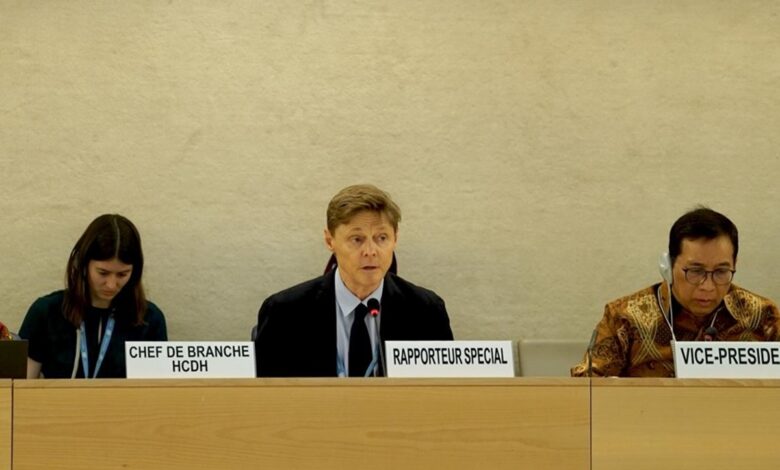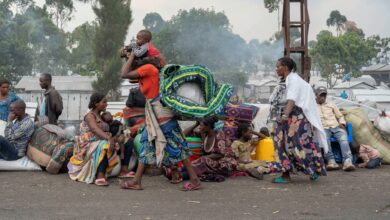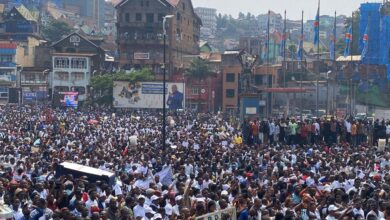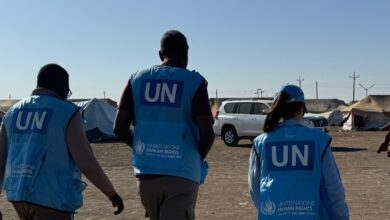The Interconnectedness of Protecting the Deceased and Upholding Human Rights
MORRIS TIDBALL-BINZ, UNITED NATIONS SPECIAL RAPPORTEUR ON EXTRAJUDICIAL, SUMMARY OR ARBITRARY EXECUTIONS

Source: PRESS RELEASE OHCHR (PIC COURTESY © HRC/Renatha Amaral)
How Does the Protection of the Dead Connect to the Protection of Other Human Rights?
Protecting the bodies and remains of deceased individuals, especially those who have died due to human rights violations such as extrajudicial killings, is intrinsically linked to the protection of other human rights. When the right to life is violated, other rights of the victim and their family are often impacted. The distress caused to families, particularly in cases of enforced disappearances, can amount to a form of torture. A range of rights are violated when there is no access to the body, or when the body is mutilated, destroyed, or treated without dignity.
The proposal aims to ensure that states fulfill their duty to investigate potentially unlawful deaths by guaranteeing access to and protection of the victims’ bodies. This extends to protecting the dignity of the deceased and encompasses various other rights.
What Are the Main Challenges?
There are several key challenges in protecting the dead. Firstly, there is no clear set of rules or guiding principles reminding states of their obligation to protect and respect the bodies of deceased persons in all circumstances. Secondly, there is often a lack of resources and expertise in this field. Finally, perpetrators of unlawful deaths may deliberately destroy or hide victims’ remains to obstruct investigations.
Creating guiding principles aims to address these challenges. While deliberate destruction of bodies cannot be entirely prevented by these principles, they will clarify responsibilities and facilitate accountability by comparing facts with international obligations.
What Are Some Good Practices You Have Observed?
Good practices demonstrate that where there is a will, there is a way to respect and protect the dead, even with limited resources. The report highlights several examples, such as military cemeteries, which are well-known for their dignified treatment of deceased soldiers. Additionally, the report mentions local communities in southern Italy, like Catania, that have created specific cemeteries for deceased migrants recovered from the sea. Despite limited resources, these communities ensure that bodies are buried with dignity and that all information useful for future identification and restitution to families is preserved. These practices exemplify the foundational principles of the Universal Declaration of Human Rights, showing humanity and respect for all individuals, regardless of their origin or social status.





